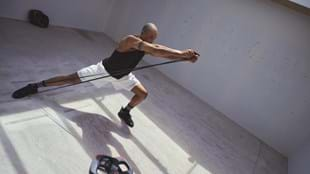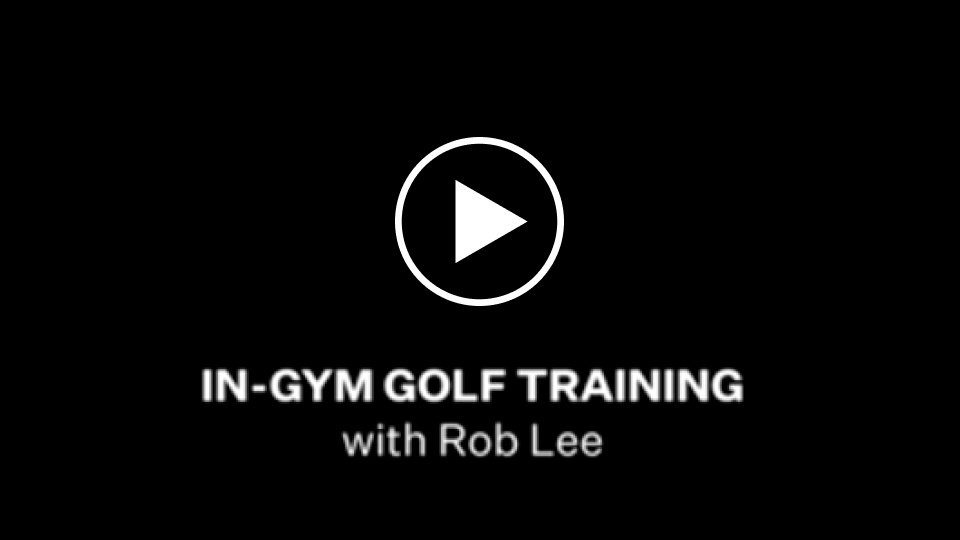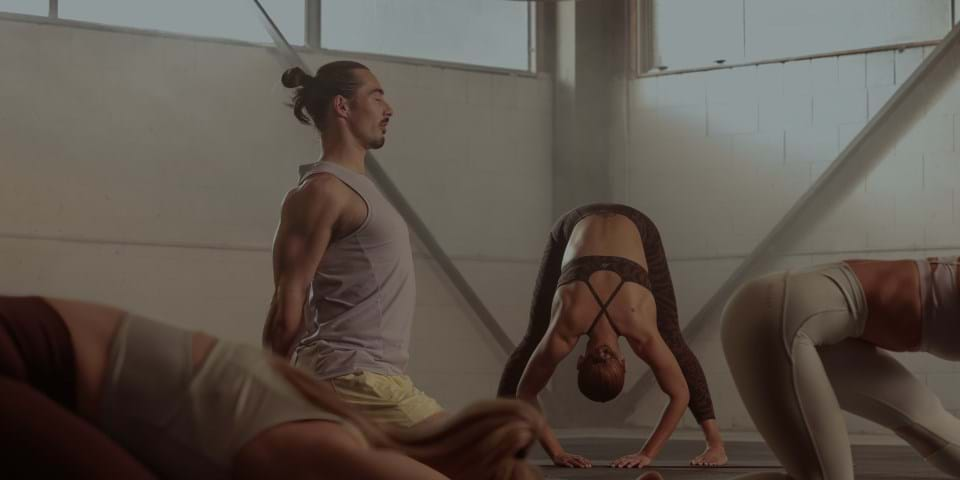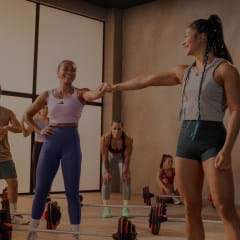Golf is having a moment. Once considered the domain of old men, it’s popularity is now on the upswing. Last year, 28 million Americans played traditional golf – up 1.5 million from the previous year. More women, and a record number of young people, are taking to the fairways, while tech-based off-course formats are attracting the masses. In 2024, 47.2 million people were practising their swing with golf simulators.
The surge in popularity is down to the fact that golf has a lot going for it. It’s one of the few sports where you don’t need to be fast, tall, or super strong to be good. It’s more about finesse, focus, and practice. Anyone of any age and ability can get involved. You can play with mates, colleagues, or just enjoy some solo time. And it’s the perfect way to get out in nature and enjoy fresh air while you move your body.
“Nothing beats time playing. Like most things, the more you play, the better you get.” Rob Lee
While golf is clearly appealing, it’s not easy. Golf is a deceptively technical sport where a tiny tweak in your grip or stance can send your ball – and your progress – flying off course. Many new players get frustrated and quickly give up. Golf rewards patience and practice, while off-course physical training can also pay big dividends.
We spoke to Rob Lee, a physiotherapist and technical advisor at Les Mills, to find out what type of exercise complements your golf performance. Side note, Rob is also fanatical about golf. He has completed the Titleist Performance Institute training modules, worked alongside PGA coaches, and is the first to admit he loves ‘geeking out’ on the biomechanics of the perfect golf swing.
What are the key physical attributes that you need to be good at golf?
Rob Lee (RL): “Everyone has unique physical characteristics, and what benefits one player might not work for another. Being good at golf isn’t so much about physical attributes; it’s about optimizing your own capabilities and developing that into your own swing.
That said, there are some areas everyone should focus on. Firstly, you need stability, which is control of your head, spine, hips, and feet positions. You need sequencing, the controlled timing of hips, torso, shoulders, and arms. And you need power – without power, strength doesn’t translate into performance. Strength and mobility are also essential to maintain optimal range of motion.”
What kind of physical activity will help you get better at golf?
RL: “Nothing beats time playing. Like most things, the more you play, the better you get. But making time to get out on the course can be hard. If this is the case, you can tailor your gym sessions to help contribute to better golfing.
Focusing on rotational power work is a good idea – things like rotational ball throws and cable rotations. Unilateral strength exercises like step-ups with cable pulls and single-leg hinges can be great for golfers. Core activation is critical – making sure you can hold planks or hovers properly will help with posture and setting up a good swing. And don’t forget mobility drills for thoracic and pelvic rotation, plus glute strength for power and distance.”
“If you’d rather follow an already structured workout you can go for a strength-building workout like STRENGTH DEVELOPMENT, which is great for unilateral and rotational strength. LES MILLS CORE is brilliant because it’s packed with moves like banded wood chops, planks and glute activation. LES MILLS SHAPES helps with mobility and stability. And a circuit workout like LES MILLS CEREMONY is great for power, featuring lots of jumps and slam balls.”
What exercises help prevent common golf-related injuries?
“The truth is, golfer’s elbow is not as common as you think. But I’ve treated a lot of golfers with lower back strain and knee injuries. Most injuries come from poor rotation, swing mechanics and overloading of a certain body segment. So from a prevention point of view, that’s where exercises that build core strength, glute power, and help maintain mobility in hips and shoulders can be great.”
What routine can help you prepare for your golf game?
“On the days I’m playing golf, I start with a 10-minute routine: thoracic mobility, pelvis mobility, cat-cows, planks, side planks, glute activation. Then I warm up my swing with sequencing drills – even swinging a broom helps. The goal is to remove stiffness and activate power muscles, so I’m not handbraked by my body.
You’ve also got to prime your nervous system and make sure it’s ready for sequencing and control. Golf is a psychological game, so you want your mind to be calm but alert. The conditions change every shot and so much is out of your control – like the wind and the course conditions, so you need to be able to deal with that.
My best advice … Prepare your body so it’s working for you – not against you. That way, you can focus on what really matters: enjoying the game.”










